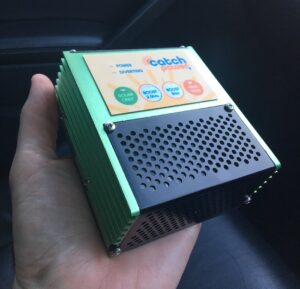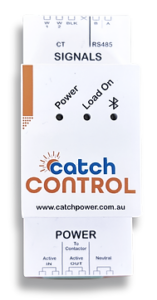The Great Off-Peak Switch: Who Really Benefits?
More and more energy retailers are announcing a shift in their Off-Peak schedule, moving controlled loads like electric hot water systems to run during the day instead of overnight. While this change has sparked hope, the reality is—it doesn’t actually affect your energy usage or your bill. Why Are Retailers Moving Off-Peak to the Middle of the Day?
Let’s be clear—energy retailers aren’t doing this out of the kindness of their hearts. It’s not about helping you save money; it’s about maximising their profits.
Energy companies make money balancing the grid, and they have multiple ways to do it—FCAS (Frequency Control Ancillary Services), Demand Response, and curtailment strategies. But one of their favorite tricks? Using your energy consumption to their advantage.
Off-Peak Is Still Metered Separately
What This Means for Green CATCH Users

For homeowners using Green CATCH, nothing changes—you’re already managing your hot water as efficiently as possible. The gap between Off-Peak rates and Feed-in Tariffs (FiT) remains large, meaning it still makes sense to heat your hot water with surplus solar when available.
What This Means for CATCH Control Users

For CATCH Control users it’s business as usual. This change has no impact, since Off-Peak is metered separately, CATCH Control will continue to operate as normal, optimising load control and self-consumption without interference from Off-Peak schedules.
Should I just install a Timer to heat my hot water? No, the story around Timers stays the same too, Off Peak is a seperate meter, so you cannot run the top up through the Off Peak rate in conjunction with your solar. You can read more on Timers Vs. CATCH Power here
The Bottom Line.
While retailers are shifting Off-Peak loads to the daytime, this doesn’t change how your energy is billed— As you know by your Feed in Tariff, it’s also when electricity is at its cheapest, meaning your energy retailer is saving or, even making more money… but you don’t. It’s simply a way for them to balance grid loads more effectively.

